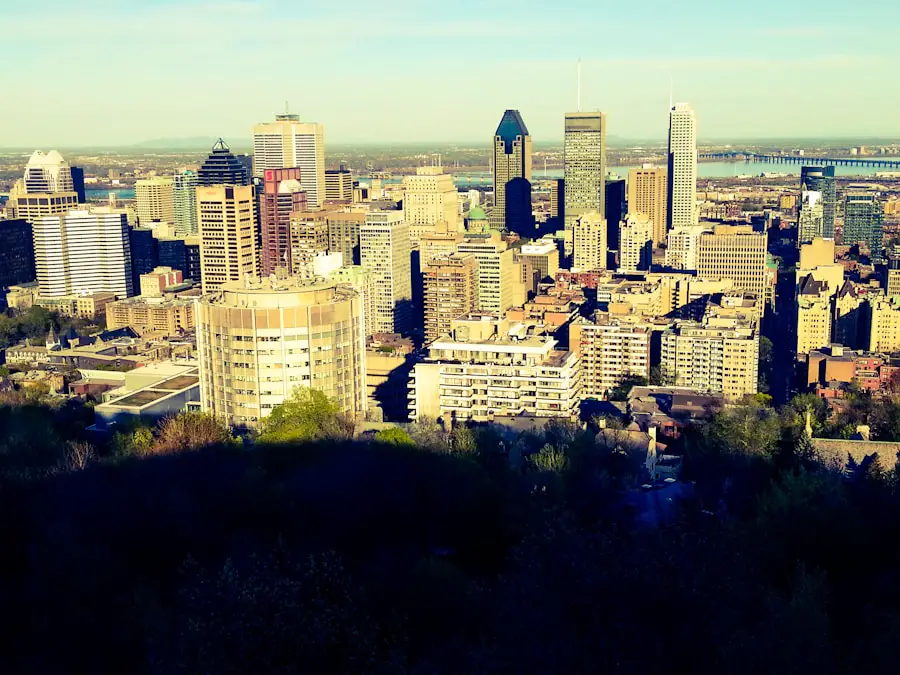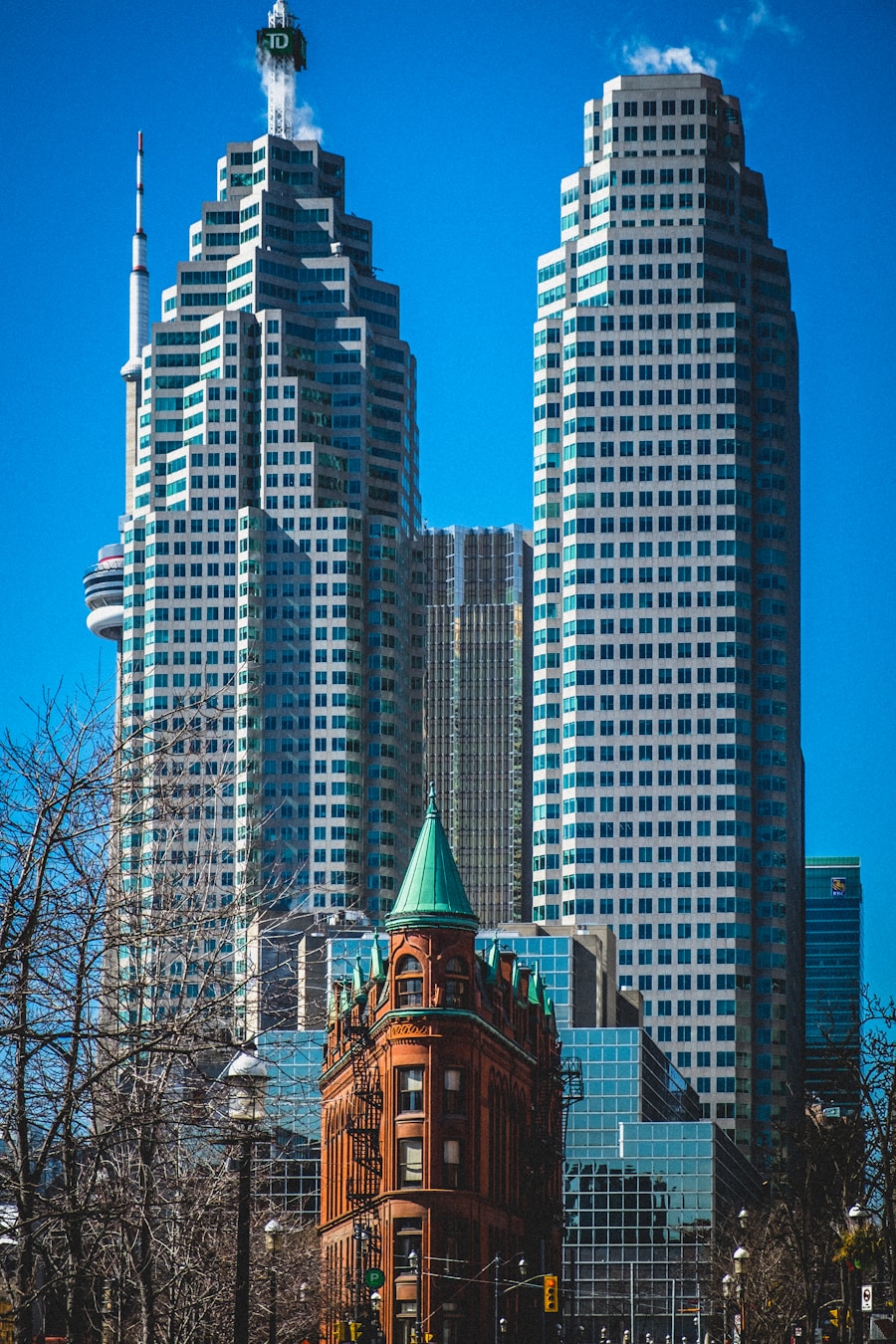Uganda, often referred to as the “Pearl of Africa,” is a landlocked country located in East Africa, bordered by Kenya to the east, South Sudan to the north, the Democratic Republic of the Congo to the west, and Rwanda and Tanzania to the south. This nation is renowned for its stunning landscapes, which range from the snow-capped peaks of the Rwenzori Mountains to the vast expanses of Lake Victoria, one of the largest freshwater lakes in the world. Uganda’s rich biodiversity is complemented by its vibrant culture, which is a tapestry woven from over 50 ethnic groups, each with its own unique traditions, languages, and customs.
The capital city, Kampala, is a bustling metropolis that serves as the political and economic heart of Uganda. It is characterized by its rolling hills, lively markets, and a blend of modern and traditional architecture. The country is also home to several national parks, including Bwindi Impenetrable National Park and Queen Elizabeth National Park, which attract nature enthusiasts and adventure seekers from around the globe.
Uganda’s commitment to conservation and sustainable tourism has made it a prime destination for those looking to experience the beauty of nature while supporting local communities.
Key Takeaways
- Uganda is a landlocked country in East Africa known for its diverse wildlife, lush landscapes, and vibrant culture.
- The weather in Uganda is generally tropical, with two main seasons: dry season and wet season.
- The peak tourist seasons in Uganda are during the dry months of December to February and June to August.
- The off-peak tourist seasons in Uganda are during the wet months of March to May and September to November.
- The best time for wildlife viewing in Uganda is during the dry season when animals gather around water sources, making them easier to spot.
Weather and Climate in Uganda
Regional Variations in Climate
Despite the overall stable temperatures, different regions within Uganda experience distinct weather patterns due to the country’s varied topography. For instance, areas near Lake Victoria tend to be more humid, while the northern regions may experience drier conditions.
Rainy and Dry Seasons
Uganda has two main rainy seasons: the long rains from March to May and the short rains from October to November. During these periods, heavy downpours can occur, particularly in the central and western regions. On the other hand, the dry seasons, which run from December to February and June to September, are generally more favorable for outdoor activities and wildlife viewing.
Planning Your Trip
Understanding Uganda’s climatic patterns is crucial for travelers planning their itineraries, as they can significantly impact travel experiences. By knowing when to expect rainy or dry seasons, travelers can plan their activities and make the most of their trip to Uganda.
Peak Tourist Seasons in Uganda

The peak tourist seasons in Uganda typically coincide with the dry months when conditions are most favorable for outdoor activities such as wildlife safaris and gorilla trekking. The first peak season occurs from June to September, coinciding with the long dry spell. This period attracts a significant number of tourists eager to explore Uganda’s national parks and engage in various adventure activities.
The dry weather allows for easier access to remote areas and enhances wildlife visibility as animals congregate around water sources. The second peak season occurs during the Christmas holidays in December and early January. Many travelers take advantage of the festive season to explore Uganda’s natural beauty and cultural heritage.
During this time, accommodations can fill up quickly, and popular attractions may be crowded. It is advisable for visitors planning to travel during these peak periods to book their accommodations and activities well in advance to secure their desired experiences.
Off-Peak Tourist Seasons in Uganda
| Month | Visitor Arrivals | Weather |
|---|---|---|
| March | 20,000 | Dry season, warm temperatures |
| April | 15,000 | Beginning of the rainy season, cooler temperatures |
| May | 12,000 | Rainy season, cooler temperatures |
| October | 18,000 | End of the rainy season, warmer temperatures |
| November | 22,000 | Transition to dry season, warm temperatures |
Off-peak tourist seasons in Uganda generally fall during the rainy months of March to May and October to November. While these periods may deter some travelers due to concerns about weather conditions, they offer unique advantages for those willing to brave the elements. The landscapes are lush and vibrant during the rainy season, providing stunning backdrops for photography enthusiasts.
Additionally, wildlife viewing can still be rewarding as animals are often more active during cooler temperatures. Traveling during off-peak seasons can also lead to significant cost savings. Many lodges and tour operators offer discounted rates during these months to attract visitors.
This can make it an ideal time for budget-conscious travelers or those seeking a more intimate experience with fewer crowds at popular attractions. Moreover, local communities often host cultural events during these times, providing opportunities for visitors to engage with Ugandan culture in a more authentic setting.
Best Time for Wildlife Viewing in Uganda
When it comes to wildlife viewing in Uganda, the dry seasons from June to September and December to February are generally considered the best times. During these months, animals are easier to spot as they gather around water sources due to the scarcity of rainfall. National parks such as Queen Elizabeth National Park and Murchison Falls National Park become prime locations for game drives, where visitors can witness a variety of species including elephants, lions, hippos, and numerous bird species.
In addition to game drives, boat safaris on the Nile River or Kazinga Channel during these dry months provide excellent opportunities for wildlife observation. The clear skies and reduced vegetation enhance visibility, allowing travelers to capture stunning photographs of animals in their natural habitats. However, it is important for visitors to remain mindful of their impact on wildlife and adhere to guidelines set by park authorities to ensure sustainable tourism practices.
Best Time for Gorilla Trekking in Uganda

Best Time for Gorilla Trekking
The best time for gorilla trekking is during the dry seasons from June to September and December to February.
These months offer more favorable trekking conditions as trails are less muddy and easier to navigate.Trekking Challenges and Advantages
During the rainy seasons, trekking can be more challenging due to slippery paths and dense foliage. However, some trekkers prefer this time as it can lead to fewer tourists on the trails and a more intimate experience with nature.
Permits and Safety Guidelines
Regardless of when one chooses to trek, it is essential to secure permits well in advance due to limited availability and high demand. Each trekker is required to follow strict guidelines set by park authorities to ensure both their safety and that of the gorillas.
Cultural Festivals and Events in Uganda
Uganda’s rich cultural heritage is celebrated through various festivals and events throughout the year. One notable event is the Kampala City Festival held annually in October, which showcases local music, dance, art, and cuisine. This vibrant celebration attracts thousands of locals and tourists alike who come together to enjoy performances from various artists representing different Ugandan cultures.
Another significant cultural event is the Ndere Cultural Centre’s performances that occur regularly throughout the year. These performances feature traditional music and dance from various ethnic groups across Uganda, providing visitors with an immersive experience of Ugandan culture. Additionally, many regions celebrate harvest festivals that highlight local agricultural practices and traditional foods, offering travelers a unique opportunity to engage with local communities.
Tips for Traveling to Uganda
Traveling to Uganda requires some preparation to ensure a smooth experience. First and foremost, obtaining a visa is essential for most travelers; this can often be done online or upon arrival at Entebbe International Airport. It is advisable to check specific entry requirements based on nationality before traveling.
Health precautions are also crucial when visiting Uganda. Vaccinations for diseases such as yellow fever are mandatory, while malaria prophylaxis is recommended due to the prevalence of malaria in many regions. Travelers should also consider carrying a basic first-aid kit and any personal medications they may need.
When it comes to transportation within Uganda, hiring a reputable tour operator or guide can enhance the travel experience significantly. Local guides possess invaluable knowledge about wildlife behavior and cultural practices that can enrich your understanding of the places you visit. Additionally, being respectful of local customs and traditions will foster positive interactions with Ugandan communities.
Lastly, packing appropriately for varying weather conditions is essential. Lightweight clothing suitable for warm weather is recommended; however, layers are advisable for cooler evenings or higher altitudes such as those found in mountainous regions like Bwindi Impenetrable National Park. A good pair of hiking boots is also essential for trekking adventures.
By understanding these aspects of travel in Uganda—from its climate patterns and peak tourist seasons to cultural events—visitors can better plan their journeys and immerse themselves in all that this remarkable country has to offer.
If you are planning a trip to Uganda, it is important to consider the best time to visit this beautiful country. According to a recent article on TakeTravelInfo, the best time to travel to Uganda is during the dry seasons, which are from June to August and December to February. During these months, you can enjoy the stunning landscapes, go on safaris to see the diverse wildlife, and explore the vibrant culture of Uganda. Make sure to pack the best carry-on luggage for international travel recommended in another article on TakeTravelInfo to make your journey hassle-free.
FAQs
What is the best time to travel to Uganda?
The best time to travel to Uganda is during the dry seasons, which are from December to February and from June to August. These months offer the best weather for gorilla trekking, wildlife viewing, and other outdoor activities.
What is the weather like in Uganda during the best time to travel?
During the dry seasons, the weather in Uganda is generally warm and sunny with little to no rainfall. Temperatures range from 23°C to 29°C (73°F to 84°F), making it ideal for outdoor activities.
What are the main attractions to visit in Uganda during the best time to travel?
During the best time to travel to Uganda, visitors can enjoy gorilla trekking in Bwindi Impenetrable National Park, wildlife safaris in Queen Elizabeth National Park and Murchison Falls National Park, and exploring the scenic landscapes of Lake Bunyonyi and the Rwenzori Mountains.
Are there any specific events or festivals to experience during the best time to travel to Uganda?
During the dry seasons, Uganda hosts various cultural festivals and events, such as the Nyege Nyege Festival, which celebrates music and arts, and the Imbalu circumcision ceremony among the Bagisu people. These events offer a unique cultural experience for travelers.
